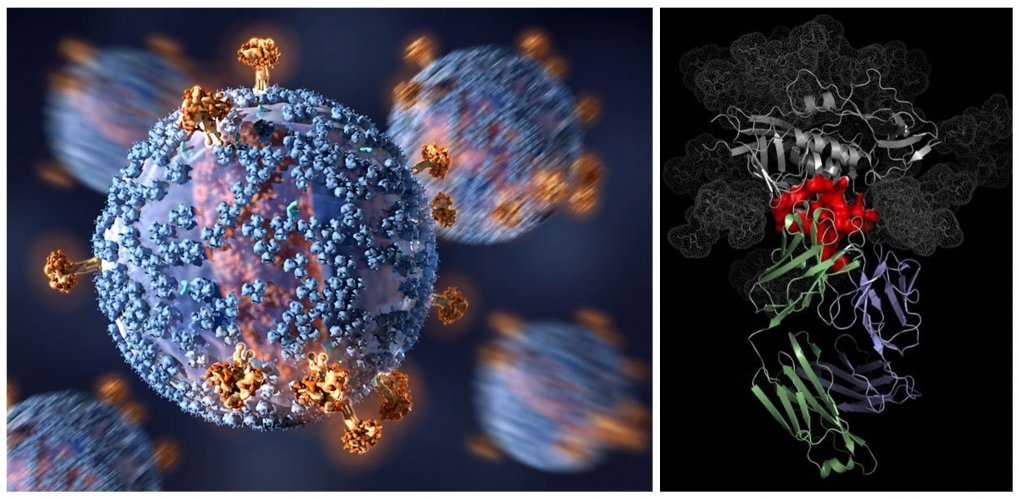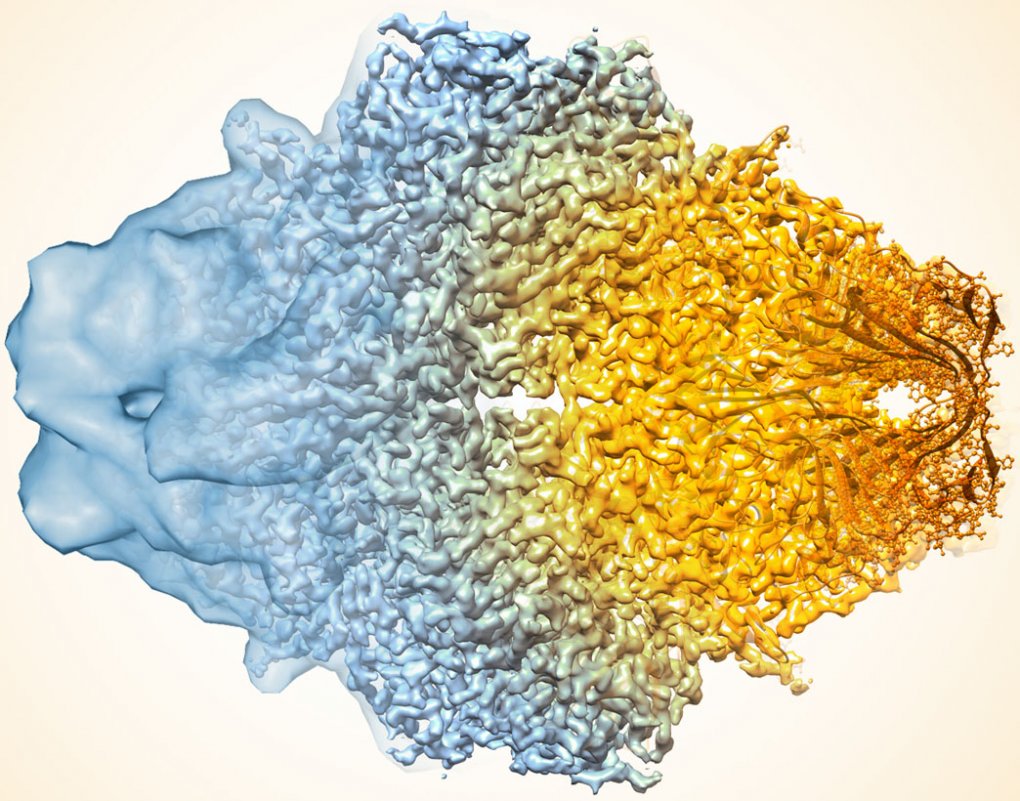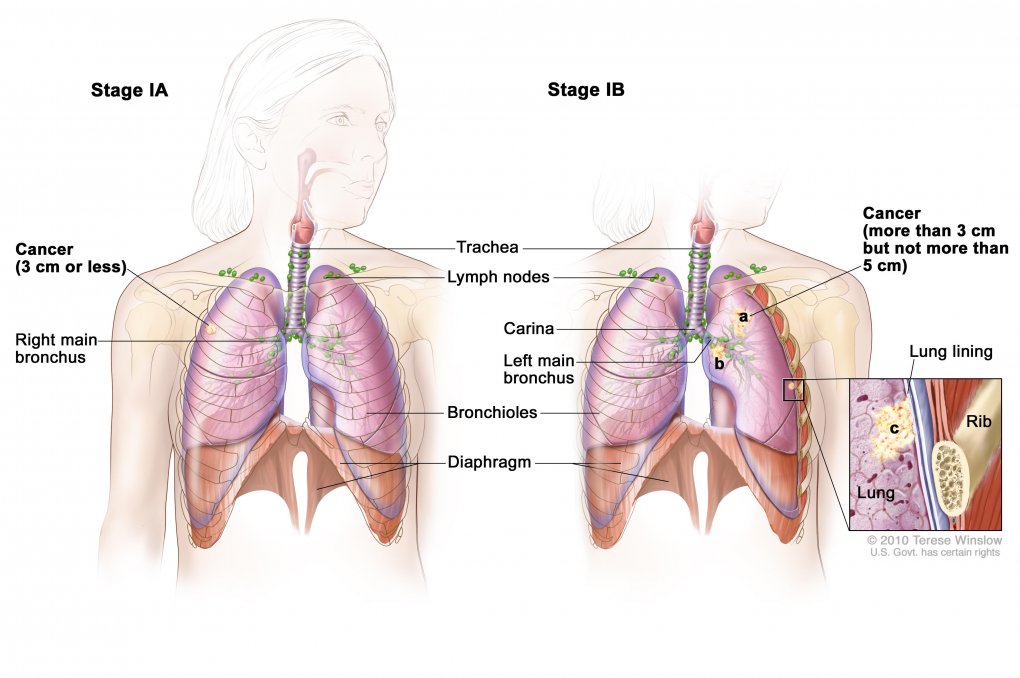Orloff Science Awards Recognize Aplastic Anemia Treatment
From genetic studies to pharmacology, the Orloff Science Awards honor the remarkable work and responsibilities our researchers undertake every day to make a difference in the world—science that truly matters and impacts human health.






